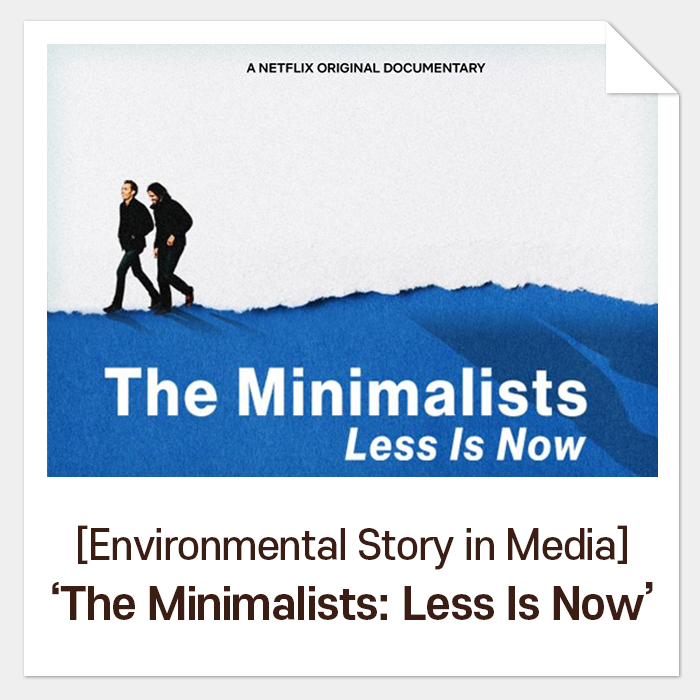Guidelines to Enhance Paper-Based Packaging Recyclability ②
The revised Directive on Packaging and Packaging Waste states that the EU targets at least 75% of the recycling rate by 2025 and 85% by 2030 of paper-based packaging while defining requirements for paper-based packaging to secure its high sustainability. In addition, the European Union announced they would request every member state to report a targeted recycling rate of each composition of packaging. Consequently, an integrated recycling control will be applied over each material.
As the environmental awareness has been arising globally, the market needs towards the recycled paper packaging are increased resulting in more values to recyclability of the packaging. In the EU, the packaging should be complied with the EN643 standards for recycling it to be considered commercially efficient. Manufacturers are also required to examine a product’s entire life cycle from the designing stage.
* The EN643 is
the European List of Standard Grades of Paper and Board for Recycling. It sorts
the products into 5 difference grades.: Group 1 for ordinary grades, Group 2
for medium grades, Group 3 for high grades, Group 4 for kraft grades, and Group
5 for special grades.
2. Collection
and Sorting Practices for Recycling
① Separate paper and board collection
It is the most common practice in the EU to separate and collect paper and board from graphic products. The waste mostly coming from households is, then, sorted into the grades according to EN643. In this case, liquid and composite packaging are collected with other recyclable waste (plastic or metal) and sorted as Special Grade.
② Selective graphic paper collection and
paper packaging collection
Liquid and composite packaging may be collected with paper packaging in places where paper packaging and graphic papers are separately collected. Some can be recycled at a standard paper recycling mill and the rest is delivered to specialized recycling mills afterwards.
③ Commingled collection
Paper-based packaging can be collected with other recyclable waste such as metals or plastic in some areas. After sorting, the material is delivered to paper recycling mills.
* Paper and
board-based packaging recovered from trade and industry usually do not need
subsequent sorting as they are mostly homogeneous.
3. Recycling Mills
of Paper-based Packaging
After sorted and
collected, the paper-based packaging waste goes to the following facilities for
recycling.
① Standard recycling mills
These mills produce
the products belonging to Grades 1 – 4 of EN643 with a low consistency pulper
(5% fiber concentration). They also separate the fibers of paper-based
packaging from other non-paper materials by deflakers and screening cleaners.
The packaging with inks, water soluble chemicals as well as the ones with small
amount of non-paper layer on one side are handled here.
* Deflakers and screening cleaners: They eliminate and separate impurities and non-paper materials from fibers.
② Specialized recycling mills
Other paper
packaging waste is delivered to specialized paper recycling mills. They recycle
the Grade 5 packaging and the ones mixed with other grades. With additional
facilities and equipment, all the paper packaging with non-water soluble
materials including wax, plastic films, aluminum, polyester, and polyethylene
can be recycled here.
4.
Consideration to Enhance Paper Packaging’s Recyclability
To make the recycling commercially efficient, the paper-based packaging should be based on the integrated technology that allows the products to have the high yield of recovered fibers, low reject rate when recycling with the minimum use of non-paper materials and tacky components. If all the paper-based packaging in our daily life can keep its conventional functions with high recyclability, its environmentally friendly values will be much increased.
The food packaging with rePAPER’s environmentally friendly coatings, RP-series, show over 97% of repulpability with waterproof, grease-resistant, and thermostable properties. The technology has already been applied to various markets and the recyclability of products has been officially validated by global certification institute, UL. Furthermore, the products have heat sealability that it doesn’t need any extra adhesives. Last, rePAPER’s products are complied with EN13432 standards that define the degradability of packaging and are certified for DIN CERTCO Industrial Compostable Certificate while proving they are harmless to the eco system by worm toxicity tests and so on.
rePAPER will keep find ways to apply its innovative environmentally friendly paper products to various industries that the world can reduce the consumption of unnecessary disposable plastic items and become more sustainable!








Nice and Great post, thanks for sharing with us…
ReplyDeleteeco friendly packaging india | paper tab |
| eco friendly packaging boxes india